How Much Do Welders in Oklahoma Make? 2024 Salary Statistics
Last Updated on
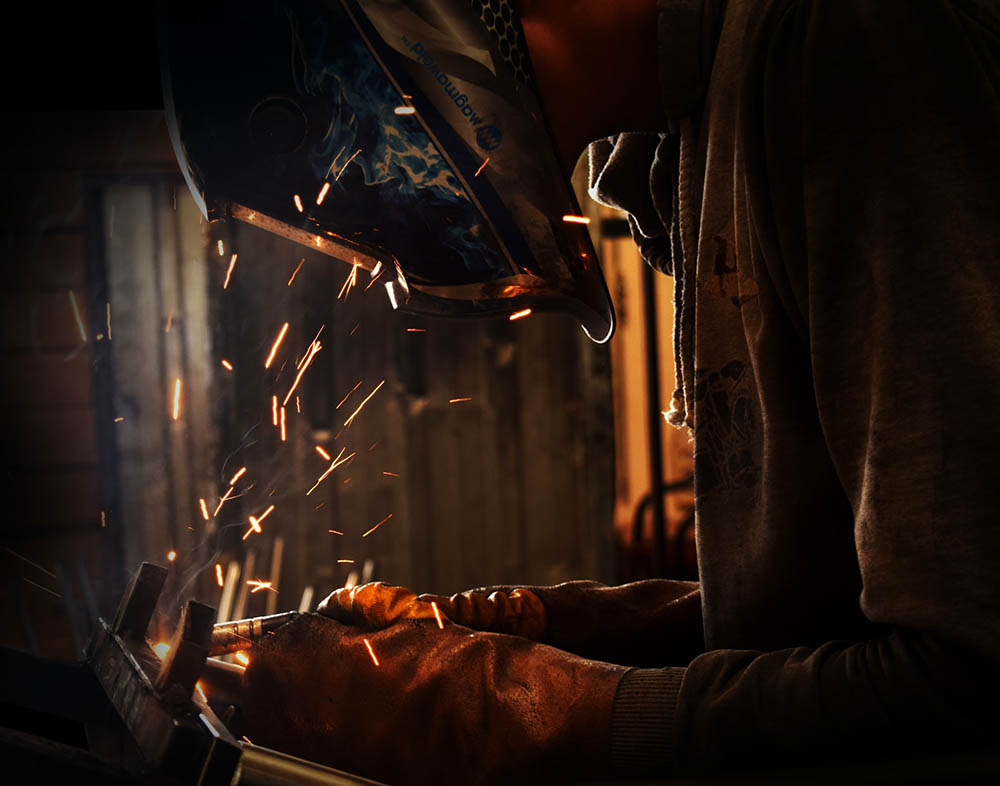
Welding is one of the most common manual jobs in the United States. With nearly 500,000 welding jobs available nationwide, it can be a very lucrative professional field. Entry-level welders can start as young as age eighteen, and those with a few years of experience could easily make over $100,000 a year.
While the salary may influence your decision to pursue a welding professional, first understand the merits and cons of welding. Understanding the necessary skills and the role you want to pursue will give insights into what you can expect as you progress.
In this article, we will discuss the average salary for Oklahoma welders.
The Average Income of a Welder by Cities in Oklahoma
Here is how much welders in Oklahoma make by city, according to Ziprecruiter.
| City | Hourly Wage | Weekly | Monthly Wage | Yearly Wage |
| Sapulpa | $16.71 | $668 | $2,896 | $34,749 |
| Claremore | $16.16 | $647 | $2,802 | $33,619 |
| Enid | $15.93 | $637 | $2,761 | $33,132 |
| Midwest City | $15.89 | $635 | $2,754 | $33,046 |
| Guymon | $15.59 | $624 | $2,702 | $32,422 |
| Okemah | $15.18 | $607 | $2,631 | $31,567 |
| Lawton | $15.17 | $607 | $2,630 | $31,559 |
| Broken Arrow | $15.09 | $603 | $2,615 | $31,382 |
| Marietta | $14.92 | $597 | $2,586 | $31,031 |
| Oklahoma City | $14.70 | $588 | $2,549 | $30,583 |
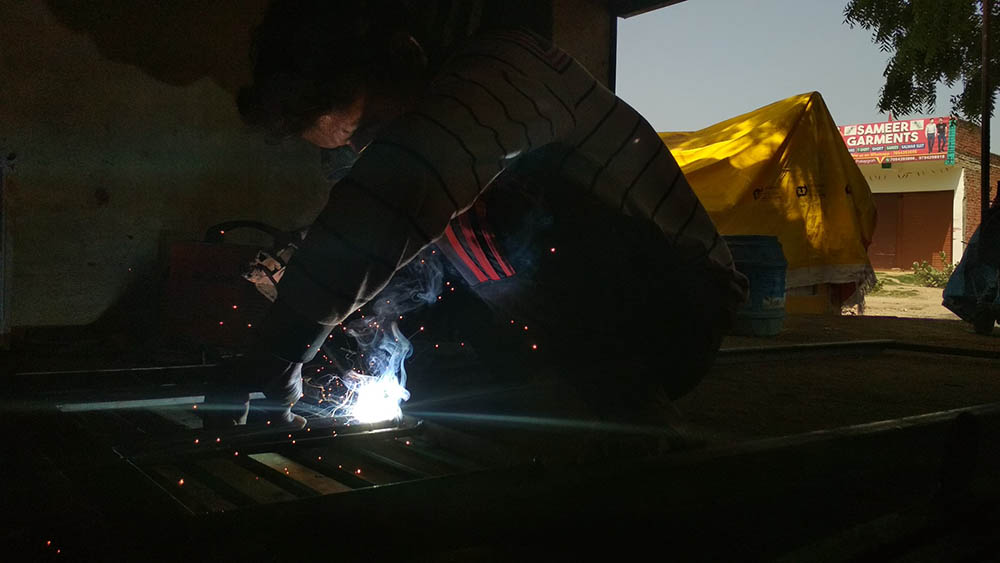
How Much Do Welders Make in Oklahoma?
As mentioned earlier, location is a factor when determining the salary of a welder. For example, Sapulpa being with an active welding market tends to have higher-paying opportunities. Like other professions, the salary of a welder is subject to several things.
Experience
First is the experience of the welder. A highly experienced welder will have an upper hand in negotiations compared to a newbie.
The experienced welder will also bear more responsibilities. The more years of service a welder has, the larger the responsibility. That will automatically translate to a higher salary.
Size of the Company
The size of the company a welder works in will also affect the salary. For instance, a big construction firm that has several ongoing projects will need more welders. That means they can afford to pay higher wages compared to a small-time contractor with few ongoing projects.
Location of the Work
The geographical location of the company is also a determinant. Bigger cities like Oklahoma City and Tulsa offer more job opportunities compared to rural areas. With that in mind, the welder working in cities can demand a higher salary than someone working in a rural area.
Additional Skills
Other skills that are not necessarily related to welding may also influence payment. Welders with additional skills like computer engineering and drafting may demand a higher salary compared to an entry-level welder.
Type of Welding
Lastly is the type of welding. Entry-level welders often start as helpers in a welding shop. They may be tasked with cleaning the equipment, fetching tools, and hence get low pay.
In some firms, they may even be tasked with transporting metal components to the project site. They only do subordinate tasks. As they advance in their career, they can tackle more tasks.
The highest-paid welders are pipe welders. Of course, they are also subject to the rest of the variables. However, when it comes to type, they are the highest-paid welders.
Away from all those variables, the average income of a welder in Oklahoma is $40,012 per year, according to Salary.com.
- See also: 11 Highest Paying Welding Jobs
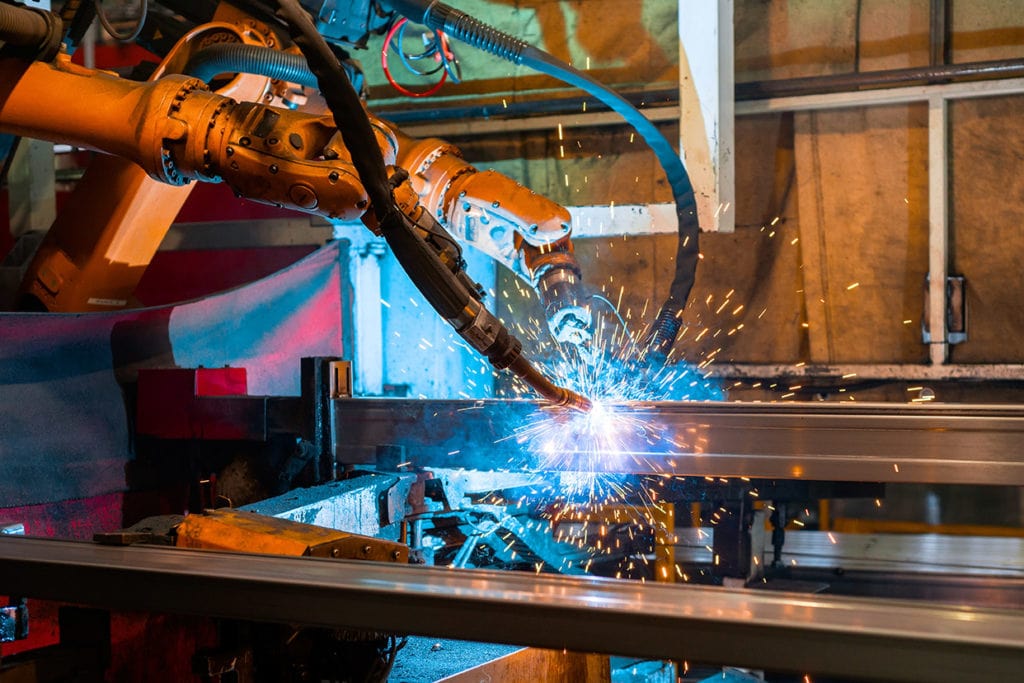
Average Welders Income by Experience in Oklahoma
As with any other professional, the more experienced a welder is the more money they make. That means that welders who have more years of experience make more than their junior colleagues do. Here is a breakdown of welders’ earnings in Oklahoma by experience.
Entry-Level
Welders who have just started in the profession may not have any experience yet. They are still learning their duties and hence are paid an entry-level salary, which is lower than their senior colleagues. They may have a GED or welder’s certification or even just a high school diploma.
As entry-level employees, they have lighter duties as they learn more. At this level, expect salaries as low as $7.25 per hour.
Mid-Level
Welders in this category have spent a few years in the industry and they are now better at their jobs. They may take advantage of opportunities offered by their companies to advance in their career. As such, they may ask for more responsibility and added tasks that can affect their salary positively.
Mid-level employees are the most common type of welders. They have many years of experience performing their duties and, as such, they lead their junior colleagues. At this experience level, they can command salaries of about $17.90 per hour.
Senior-Level or Experienced Welders
The senior welder is the most experienced of them all. They are the most skilled welders and have much responsibility in their field, including leadership. An example is a welder who specializes in underwater welding.
Apart from welding, they may oversee the projects and monitor the quality of work. Welders in this category have many years of work and are likely to be at the top of the career ladder, enjoying a better salary. The average income of a senior welder is $35.45 per hour.
What Do Welders Do?
Welding is a profession where one fabricates and fuses metals together using specialized equipment. The equipment produces heat that is strong enough to melt and fuse metal. We refer to the process as welding.
After fusing the metals, the welder then polishes and smoothens the fused surfaces. The duties of welders also include calculating the dimensions of components and reviewing project specifications and blueprints. Additionally, welders inspect the stability of structures before and after welding them.
There are more than 100 different welding processes, and hence welders have to learn several of them. For instance, the most common process in modern welding is arc welding. Other tasks that welders handle include:
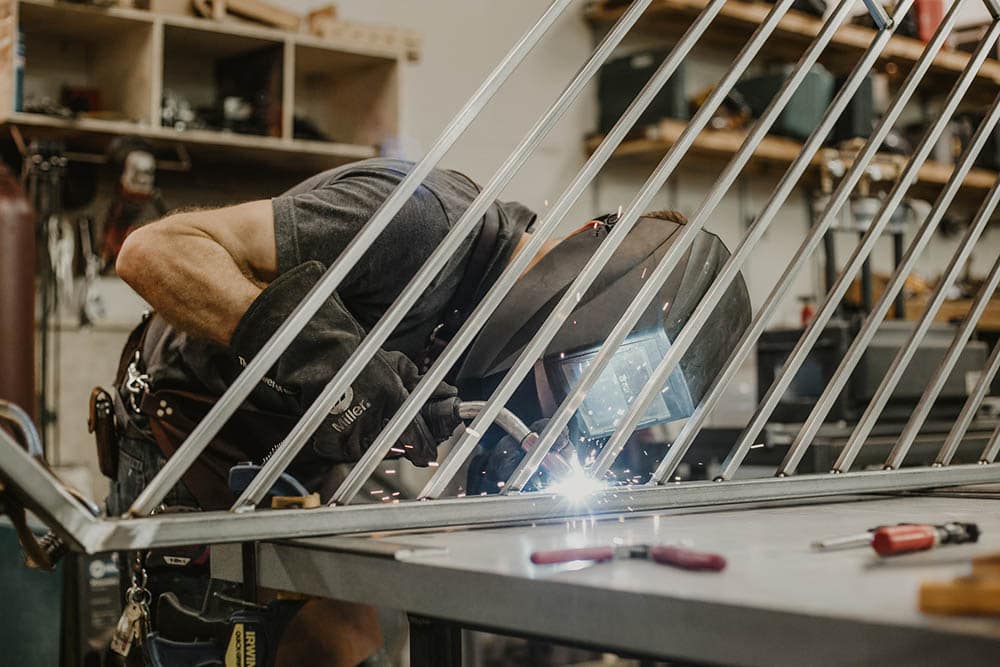
- Machine maintenance for proper operations
- Coat application on welded metals to prevent rust and corrosion
- Trimming and cutting metal items
- Joining and soldering metal components using remote-controlled or handheld equipment
- Dismantling large metals items like vehicles and trains
The art of welding has been around since the Bronze Age when people used bronze tools. In modern days welding helps us build much of the metal structures in our lives, like cars, buildings, pipelines, and much more.
Welders Income by Type of Job
The type of welding you choose will also determine the amount of money you make. That is because some jobs are in high demand and some are not. Some are more complex than others.
Welder Helper

A helper is the lowest paid job of all welders. Their job entails assisting other welders by holding or stacking materials needed for welding. They may also help keep the work area clean.
A helper may also perform tasks like changing out hoses or arranging tools or cleaning equipment. The salary of a welder helper is about $17.76 per hour.
MIG or Gas Welder
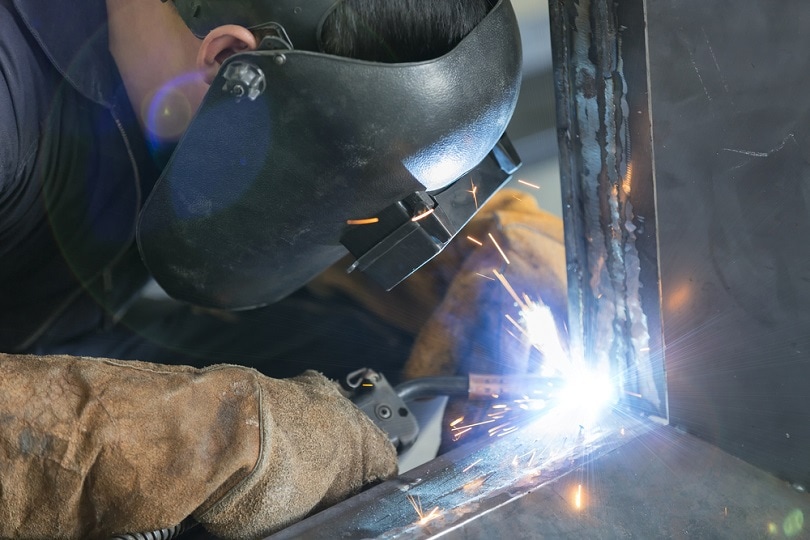
A MIG is a helpful type of welder that uses a wire electrode to join metal pieces. The wire is pulled through a nozzle to create the arc. They often work in construction and factory settings.
A MIG welder works in dangerous conditions and hence he/she should be physically fit. They must also use the right kind of electrode for the material being welded. The salary of a MIG welder is about $16.24 per hour.
Fabricator
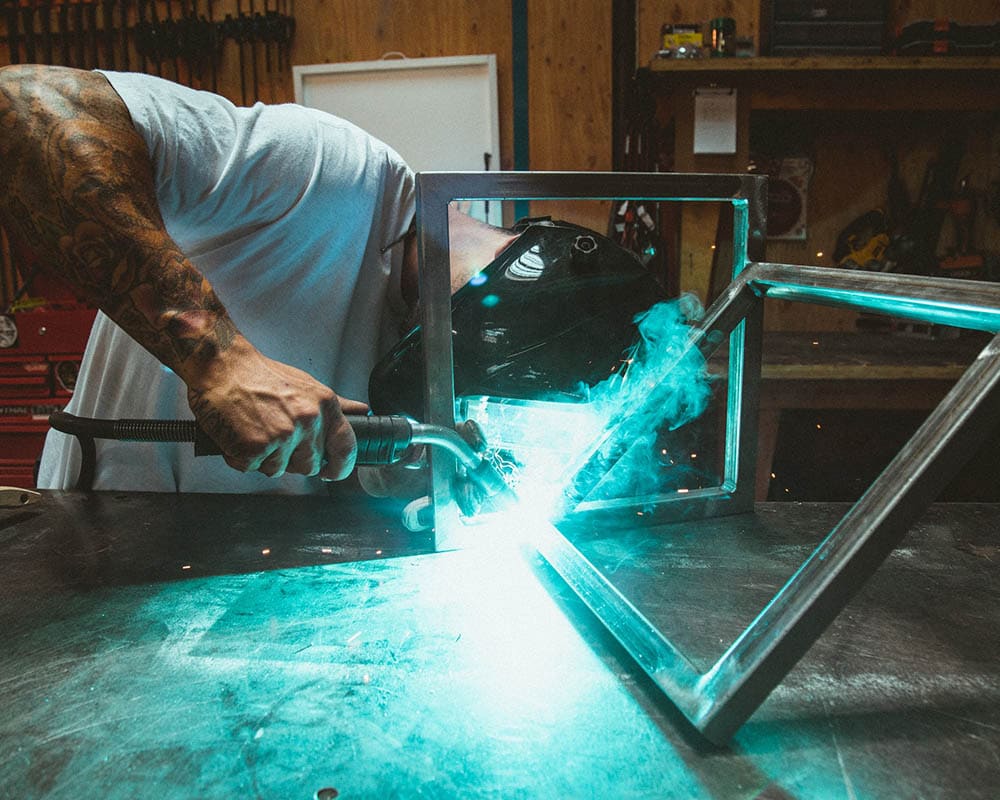
A fabricator uses aluminum, steel, or stainless steel to create furniture, buildings, and machines. They design, cut, and shape metals. Fabricators can do both simple and complex welding projects.
A fabricator may also have knowledge of project management, estimating costs, and supervising the work. They should also be well-versed in reading blueprints. The salary of a welder fabricator is about $18.89 per hour.
Fitting and Torch Cutting
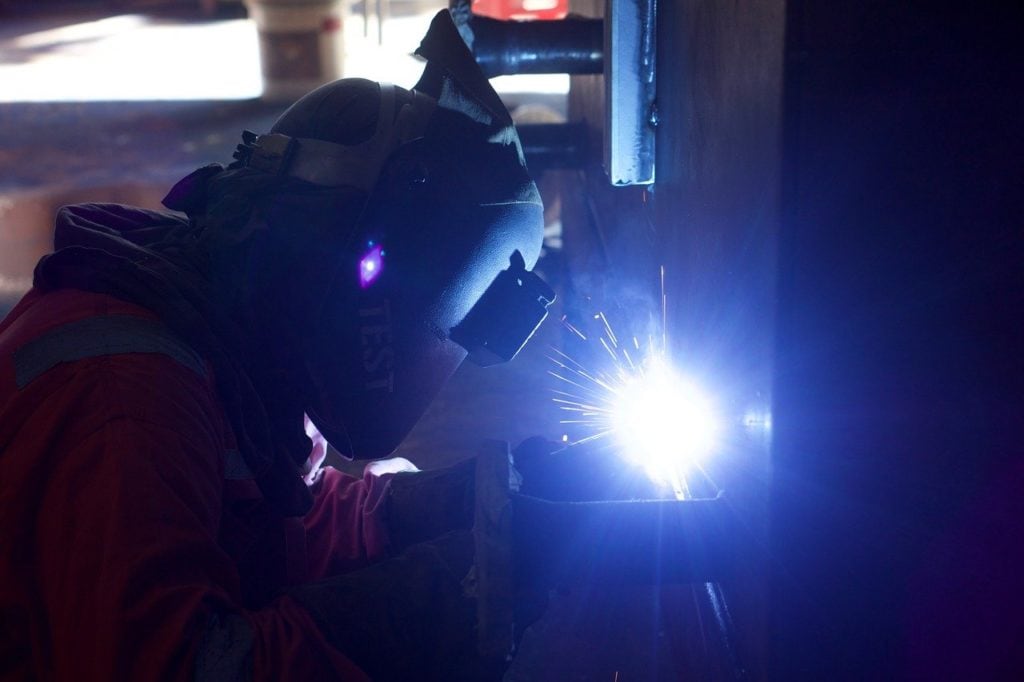
Some welders specialize in verifying the quality of welding. Their work includes inspection, repairs, and laboratory testing. Typically, they work with everything from tanks and bridges to pressure vessels.
They may use an acetylene torch to cut metal. The salary of a welder fitting is about $19.23 per hour.
Structural Welder

A structural welder designs metal frameworks for structures, such as ships, towers, and bridges. They must know the right kind of metal to use depending on the situation.
They also learn to use welding equipment like robotic arms, overhead cranes, and metal scaffolds. The salary of a structural welder is about $20.55 per hour.
Pipe Welders
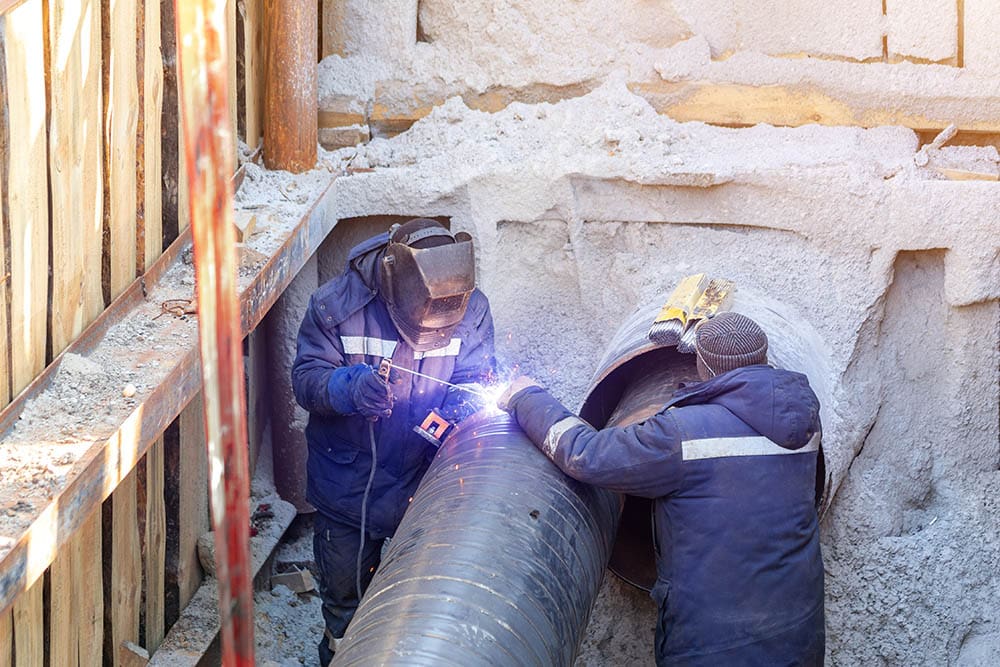
Pipe welders make a pipe for transporting oil, natural gas, and water. They are also responsible for installing and maintaining structural units.
A welder pipe should be an excellent problem solver and should be able to work with little supervision. The salary of a welder is about $24.55 per hour.
Final Thoughts
Before you decide to join the welding profession, it is critical that you know the job description and its requirements. This way, you can determine if this career path will be suitable for your needs and skills, and whether the salary earned is commensurate to your efforts. Generally, the above is the salary range to expect if you are going to pursue your welding career in Oklahoma.
